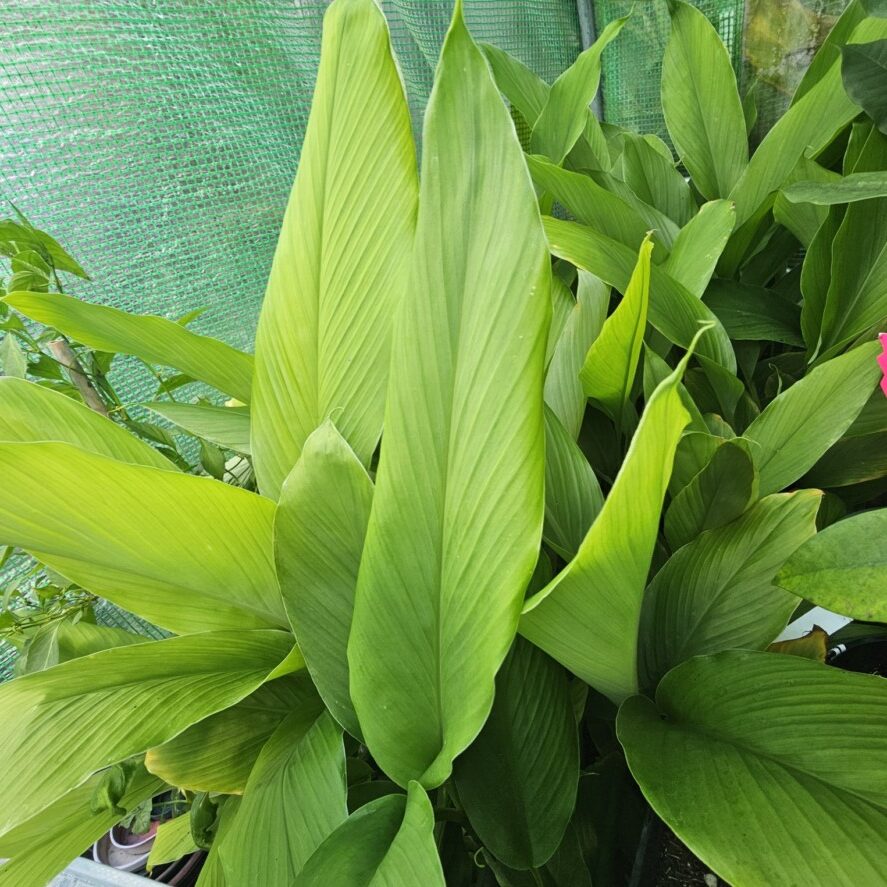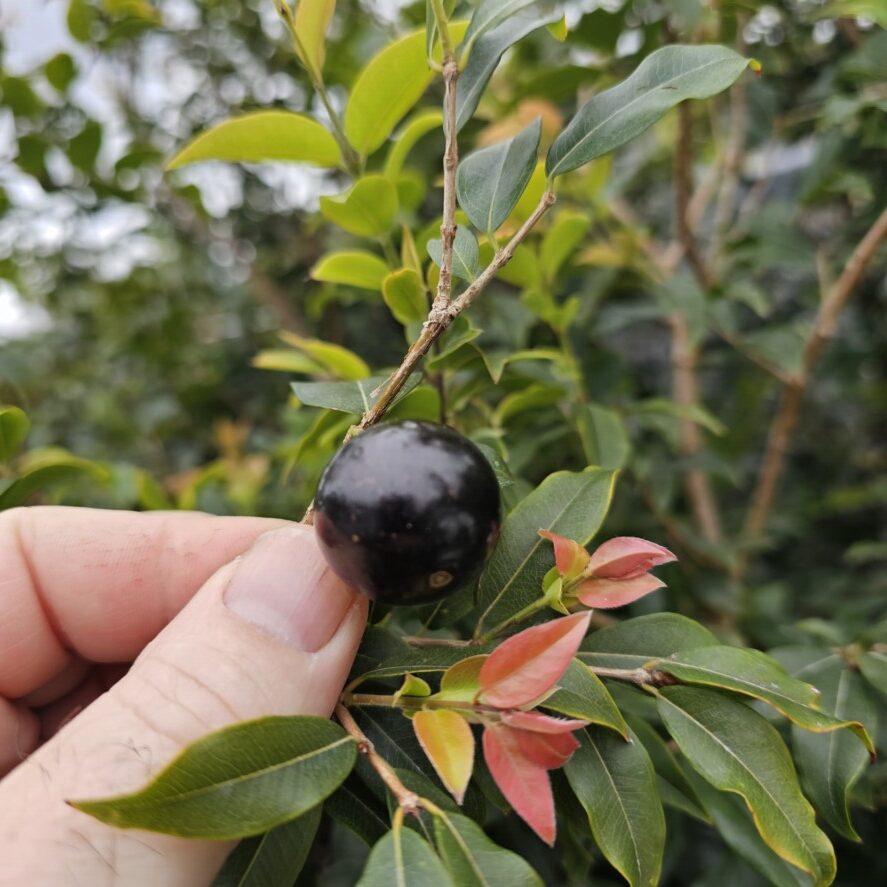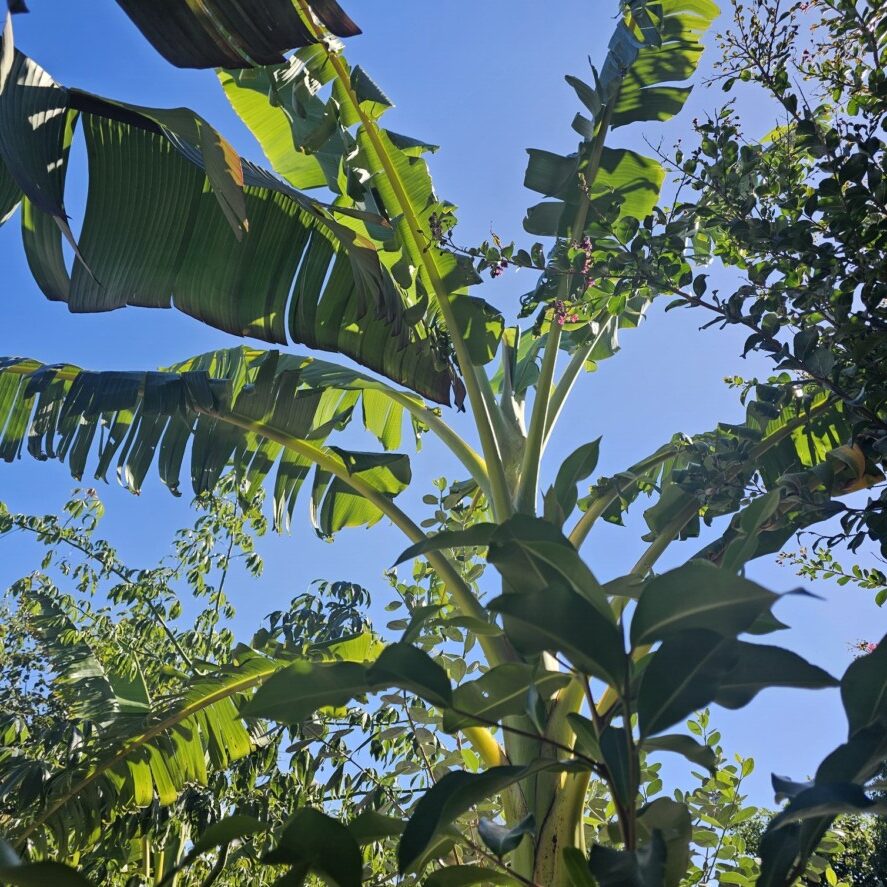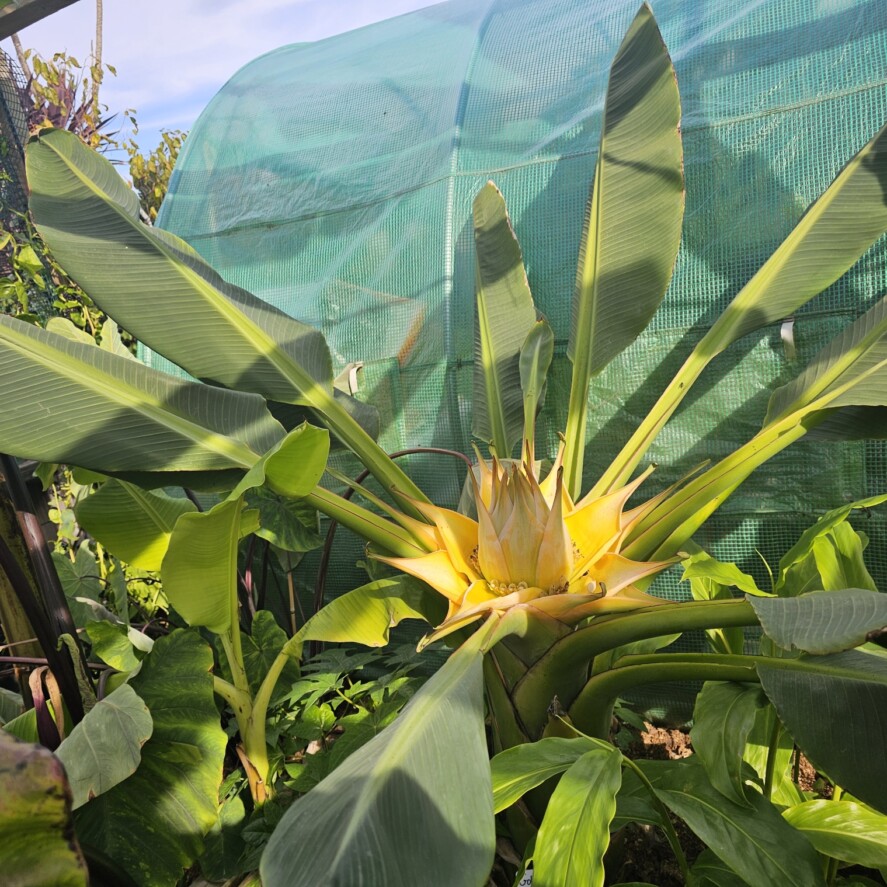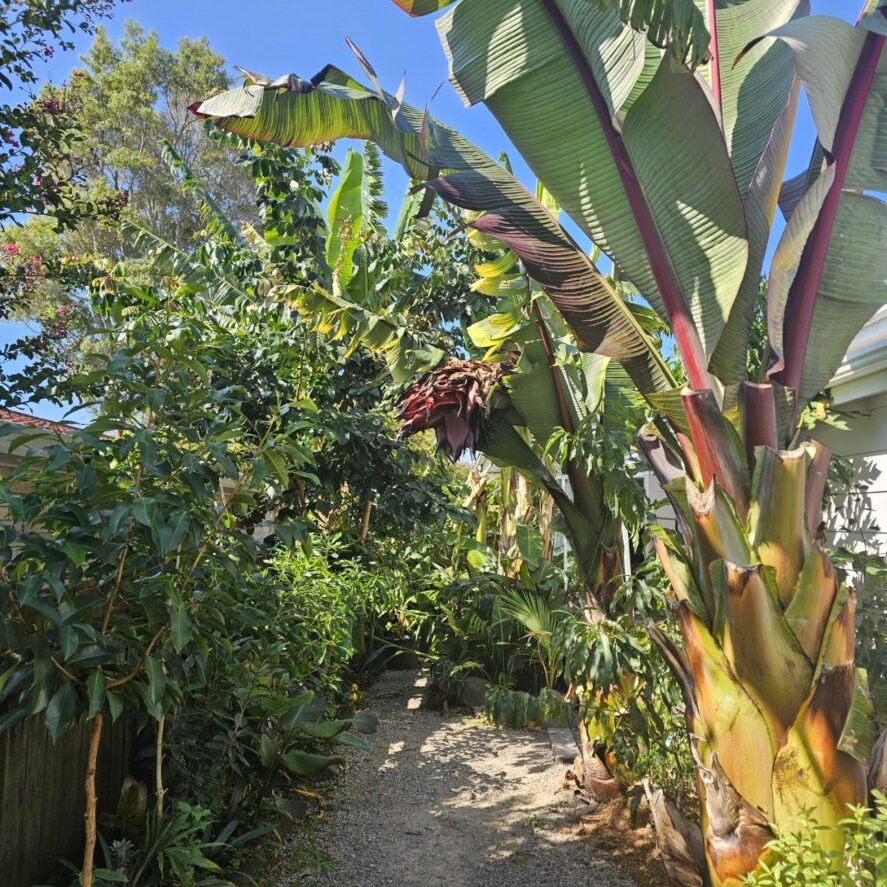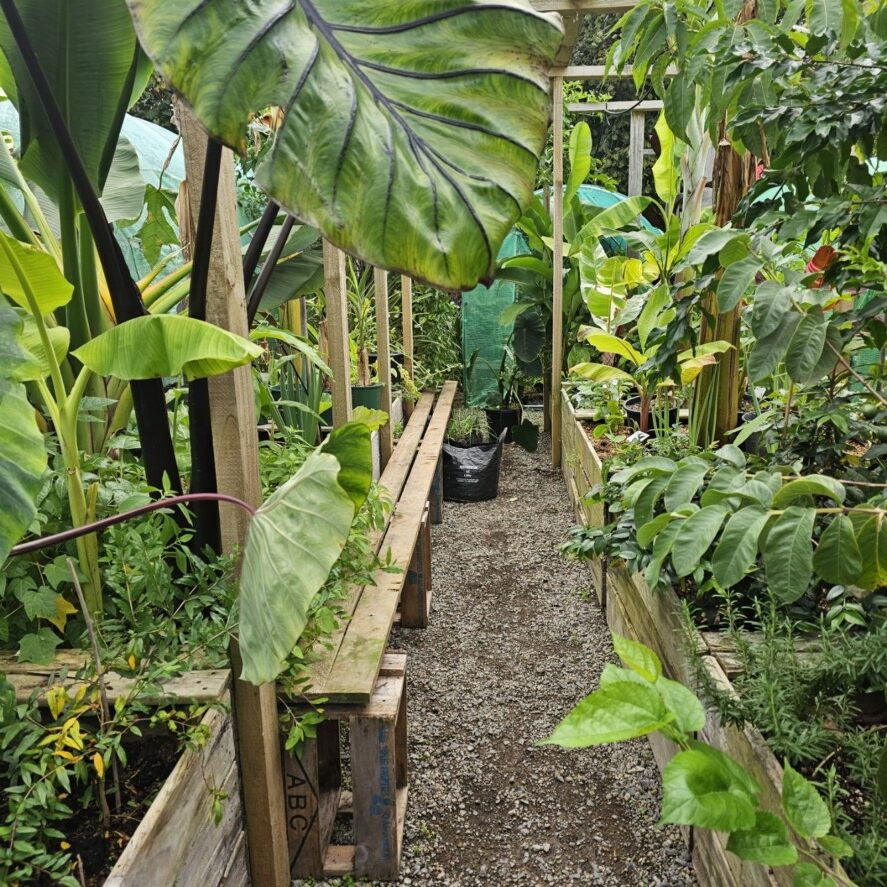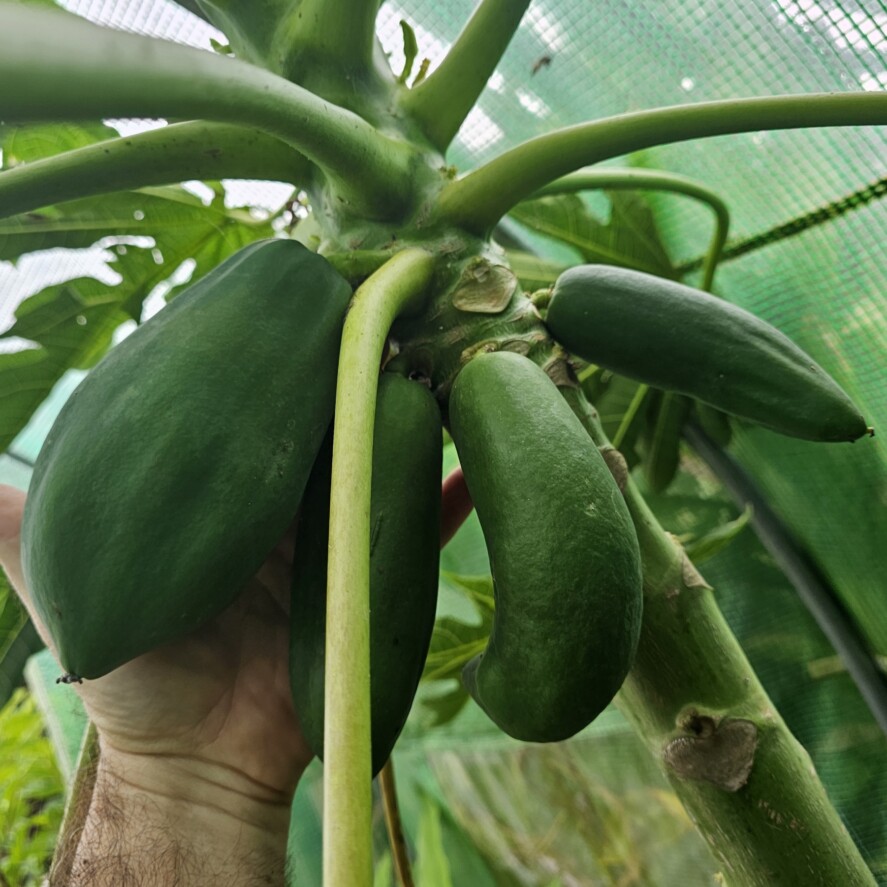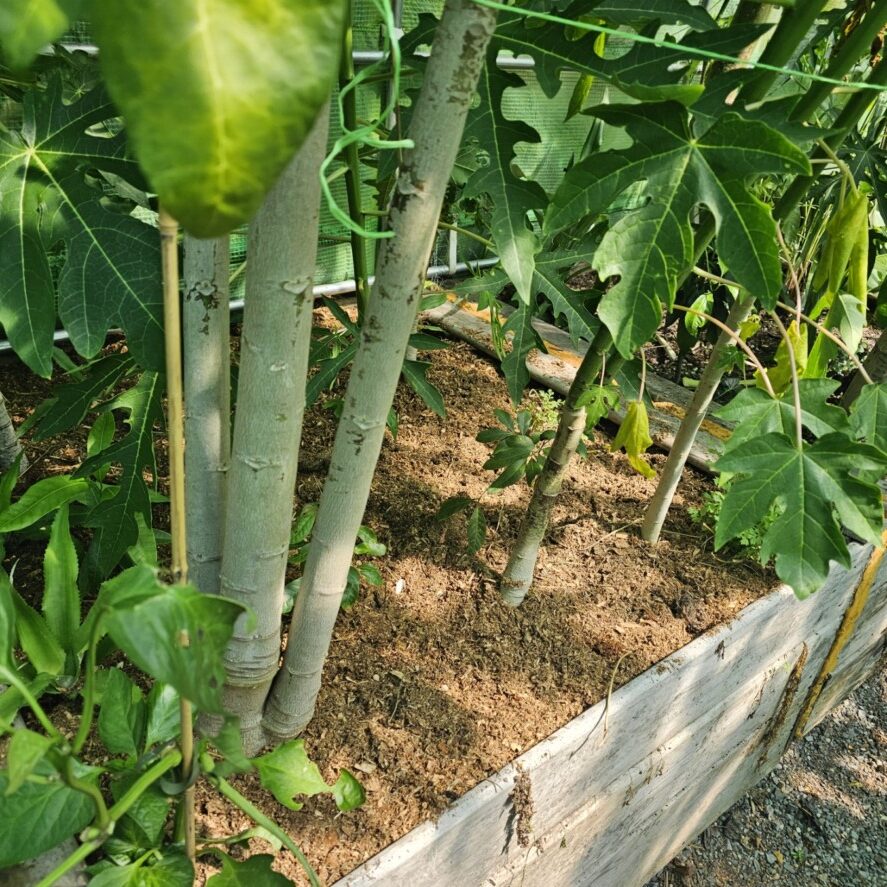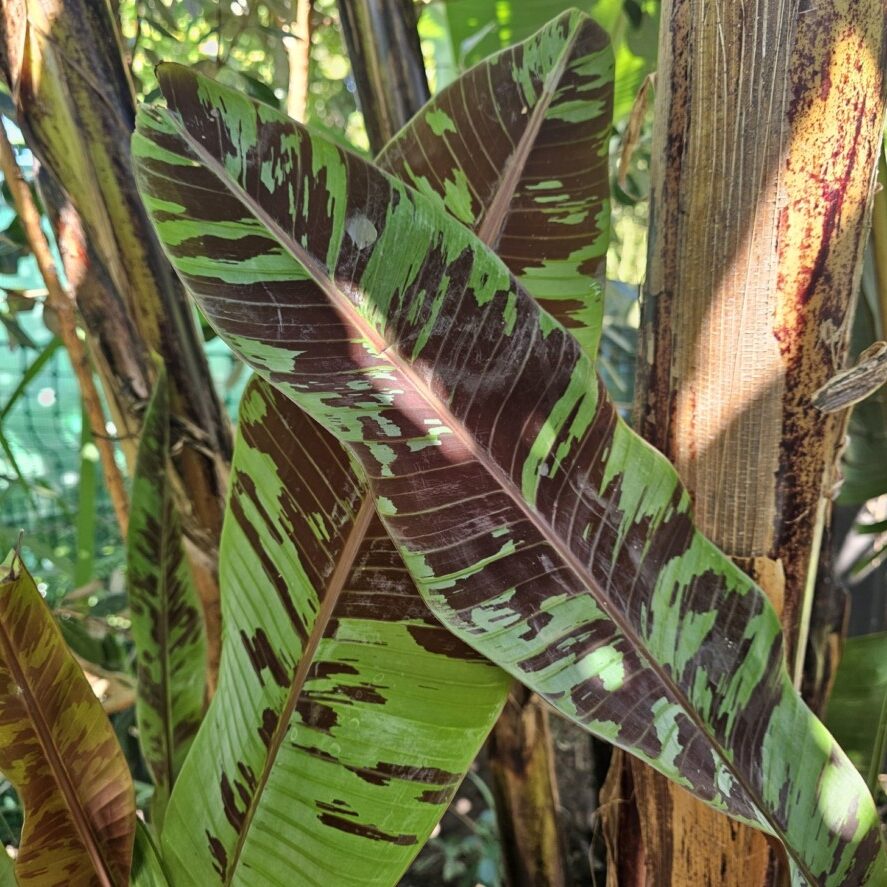-
Troppo Plant & Garden Articles
- Te Puke Region
- TROPPO’s Food Forest in Te Puke, BOP (www,foodforest.org.nz)
- Troppo’s Plant Collection
- TROPPO's Nursery Directory
- Food Forests of New Zealand (www.foodforests.nz)
- Nursery Map - Plant Suppliers of NZ Directory (www.nurserymap.nz)
- Kids Garden Corner
- New Zealand Garden Bird Survey
- New Zealand Garden Groups
- Delicious Recipes
Understanding Te Puke’s Microclimates for Optimal Tropical Fruit Growth
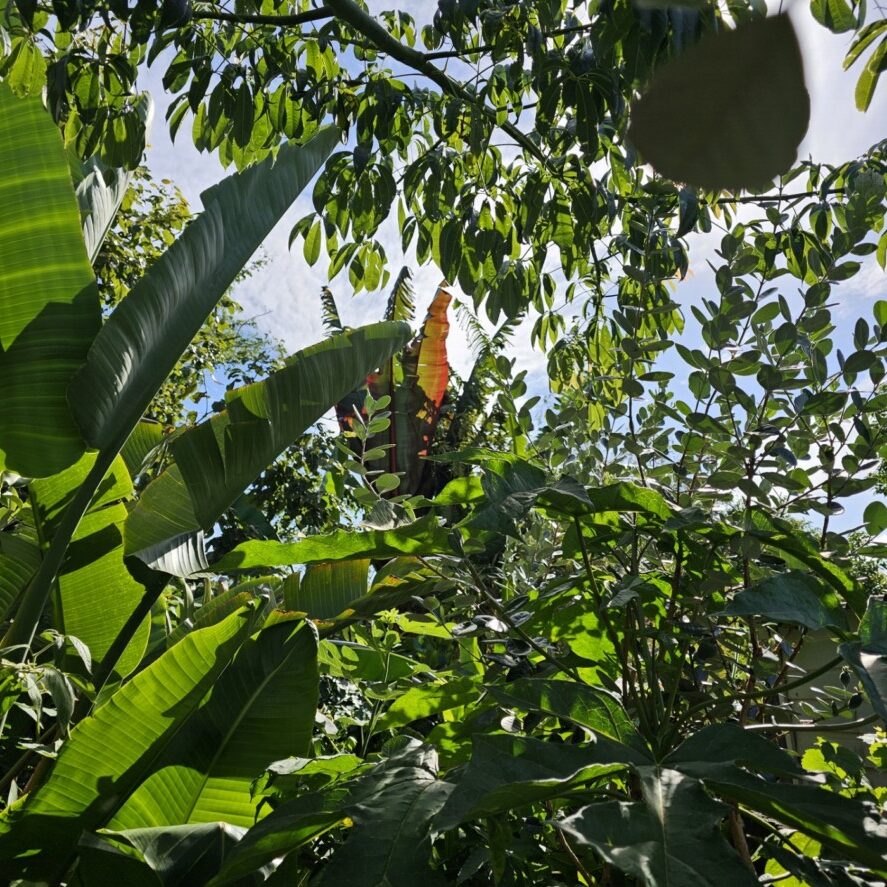
Welcome to Troppo.nz! If you’re passionate about growing delicious tropical fruits right here in Te Puke, you’ve come to the right place. While our region is famous for its kiwifruit, the diverse landscape also creates pockets of unique conditions – what we call microclimates – that can be perfect for a wider range of exciting tropical treasures. Understanding these subtle differences can be the key to a thriving and bountiful tropical fruit garden.
What Exactly is a Microclimate?
Think of the overall climate of Te Puke as the big picture – the general temperature, rainfall, and sunshine we experience. A microclimate, on the other hand, is a much smaller area within that larger climate where the conditions are noticeably different. These differences can be caused by a variety of factors, creating a unique environment that might be warmer, cooler, wetter, drier, more sheltered, or more exposed than the surrounding area.
Why Do Microclimates Matter for Tropical Fruits?
Tropical fruits, by their very nature, have specific needs when it comes to temperature, sunlight, and moisture. Some crave consistent warmth and humidity, while others might tolerate cooler periods or require well-drained soil. By understanding the microclimates within your own property or across the Te Puke region, you can:
- Choose the right fruit for the right spot: Planting a heat-loving mango in a frost-prone area is a recipe for disappointment. Identifying warmer microclimates allows you to successfully grow more sensitive species.
- Maximize growth and yield: When a plant is in its ideal microclimate, it will be healthier, more vigorous, and produce more fruit.
- Extend the growing season: Warmer, sheltered spots can provide a longer frost-free period, allowing you to harvest fruits for a longer duration.
- Protect plants from harsh conditions: Identifying cooler or more sheltered areas can be crucial for protecting tender tropicals from strong winds, intense sun, or winter chills.
Key Factors Creating Te Puke’s Microclimates:
Several factors contribute to the diverse microclimates found in and around Te Puke. Let’s explore some of the most important ones:
- Elevation and Slope: Higher elevations tend to be cooler and more exposed to wind. Slopes facing north receive more direct sunlight and therefore tend to be warmer and drier, while south-facing slopes are cooler and retain more moisture. Even a gentle slope can create noticeable differences.
- Proximity to Water Bodies: Being near the coast or a larger body of water can moderate temperatures, reducing the risk of extreme heat or frost. Water also increases humidity. Areas further inland might experience greater temperature fluctuations.
- Shelter and Windbreaks: Natural features like hills, trees, and hedges, as well as human-made structures like fences and walls, can provide significant shelter from strong winds. This is crucial for delicate tropical plants that can be damaged by wind. Sheltered areas also tend to be slightly warmer.
- Sun Exposure: The amount of direct sunlight a particular area receives throughout the day is a major factor. Full sun is essential for many tropical fruits, but in the peak of summer, some afternoon shade might be beneficial in hotter microclimates.
- Soil Type and Drainage: Different soil types retain moisture and heat differently. Well-drained soils warm up faster but can also dry out quickly. Clay soils retain more moisture but can be slower to warm. Understanding your soil type is crucial for choosing plants that will thrive.
- Urban Heat Island Effect: In more built-up areas, concrete and other surfaces can absorb and radiate heat, creating slightly warmer microclimates compared to surrounding rural areas.
Identifying Microclimates on Your Property:
You don’t need sophisticated equipment to get a good sense of the microclimates on your land. Here are some simple observations you can make:
- Observe plant growth: Notice which areas of your garden seem to have plants growing more vigorously or flowering earlier. This can indicate a warmer or more sheltered spot.
- Feel the temperature: On a sunny day, walk around your property and feel for variations in temperature. Notice if certain areas feel noticeably warmer or cooler.
- Check soil moisture: After rain, observe how quickly different areas of your garden dry out. This will give you an idea of drainage and moisture retention.
- Pay attention to frost: In winter, note which areas experience frost and which remain frost-free. This is crucial for selecting frost-sensitive tropical fruits.
- Consider wind patterns: Observe how the wind flows across your property. Identify areas that are consistently exposed and those that are sheltered.
Putting Knowledge into Action:
Once you have a better understanding of the microclimates on your property, you can start planning your tropical fruit garden strategically.
- Warmer, sheltered spots: These are ideal for heat-loving and frost-sensitive fruits like mangoes, papayas, pineapples, and passionfruit. Consider planting them against north-facing walls or in enclosed areas.
- Slightly cooler, more humid areas: These might suit fruits like bananas, avocados (depending on the variety), and some types of citrus.
- Well-drained, sunny slopes: These can be great for fruits that prefer drier conditions, such as some types of figs or grapes.
- Areas with afternoon shade: These can be beneficial for more delicate tropicals that might scorch in intense midday sun.
Embrace the Diversity of Te Puke!
Te Puke’s varied landscape offers exciting opportunities for growing a diverse range of tropical fruits. By taking the time to understand the unique microclimates within our region and even within your own backyard, you can create a thriving and productive tropical fruit oasis. Happy growing!
#TePukeGardening #TropicalFruitsNZ #Microclimates #GrowYourOwn #BayOfPlenty #NZGardening #TroppoNZ #FruitGrowing #SustainableGardening #HomegrownFruit

